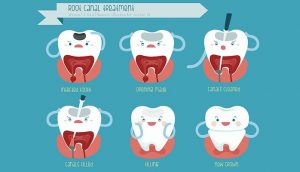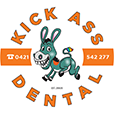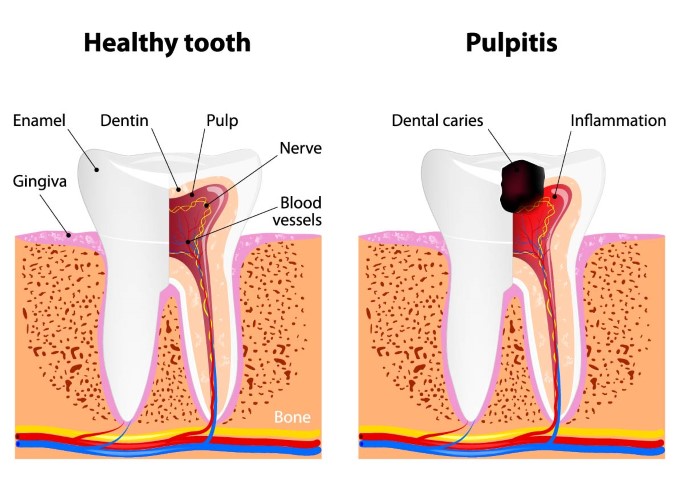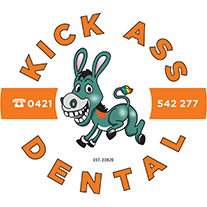How Painful Are Fillings After? Understanding the Post-Filling Experience
Fillings are a common dental procedure used to treat cavities and restore the function and integrity of teeth. While the process of getting a filling is relatively straightforward, many people wonder about the level of discomfort they may experience after the procedure. In this article, we will explore the post-filling experience and provide insights into the pain levels associated with fillings.
The Initial Recovery Period
After getting a filling, it is normal to experience some discomfort or sensitivity in the treated tooth and surrounding areas. However, the intensity and duration of the pain can vary depending on several factors, such as the size and location of the filling, the individual’s pain tolerance, and the technique used by the dentist.
Immediately after the procedure, you may feel numbness in the treated area due to the local anesthesia used during the filling. This numbness typically wears off within a few hours, and you may start to notice sensitivity or discomfort as the anesthesia wears off.
Managing Discomfort
While some individuals may experience minimal pain or sensitivity after a filling, others may have more pronounced discomfort. Fortunately, there are several strategies you can employ to manage any post-filling pain:
1. Over-the-Counter Pain Relievers
Non-prescription pain relievers like ibuprofen or acetaminophen can be effective in reducing post-filling discomfort. Follow the instructions on the packaging and consult with your dentist or pharmacist if you have any concerns about medication interactions.
2. Avoiding Extreme Temperatures
After a filling, your tooth may become more sensitive to hot or cold stimuli. To minimize discomfort, try to avoid consuming extremely hot or cold foods and beverages. Opt for lukewarm or room temperature options instead.
3. Using Desensitizing Toothpaste
Desensitizing toothpaste can help alleviate tooth sensitivity following a filling. Look for toothpaste specifically designed for sensitive teeth and use it as directed. Over time, this can reduce sensitivity and make the post-filling experience more comfortable.

4. Proper Oral Hygiene
Maintaining good oral hygiene practices, such as brushing twice a day and flossing daily, is crucial after getting a filling. This helps prevent further decay and infection and promotes overall oral health, which can contribute to a smoother recovery.
When to Contact Your Dentist
While some degree of discomfort is normal after a filling, there are situations where it is important to reach out to your dentist:
1. Severe or Prolonged Pain
If you experience severe or prolonged pain that does not subside after a few days, it is advisable to contact your dentist. This could indicate an issue with the filling or an underlying problem that needs attention.
2. Bite Irregularities
If your bite feels uneven or uncomfortable after the filling, it is essential to inform your dentist. They can make necessary adjustments to ensure proper alignment and prevent further complications.
3. Sensitivity Persists
If tooth sensitivity continues or worsens over time instead of gradually improving, it is best to consult your dentist. They can evaluate the situation and provide appropriate guidance or recommend further treatment options. For kick ass dental inner west dentist see here.

The Bottom Line
Getting a filling is a routine dental procedure that aims to restore the health and function of your teeth. While some discomfort or sensitivity is common after the anesthesia wears off, it is generally manageable and subsides within a few days. By following proper aftercare instructions and utilizing strategies to alleviate pain, you can ensure a smoother recovery and minimize any post-filling discomfort. If you have any concerns or experience severe or prolonged pain, do not hesitate to contact your dentist for professional advice and assistance.
Remember, each individual’s post-filling experience may vary, and this article serves as a general guide. Your dentist is the best resource for personalized information and guidance based on your specific situation.





